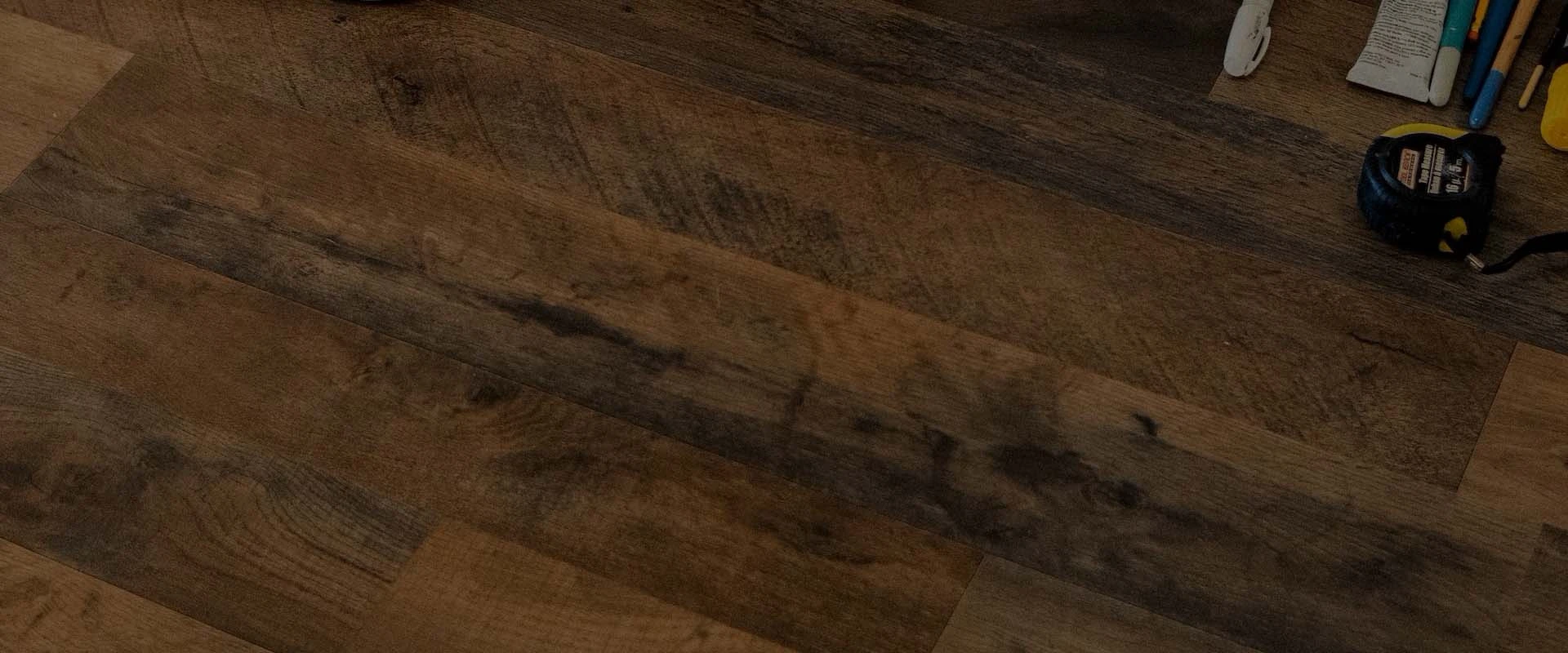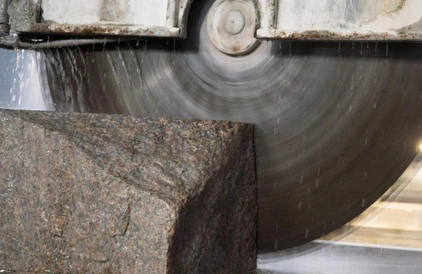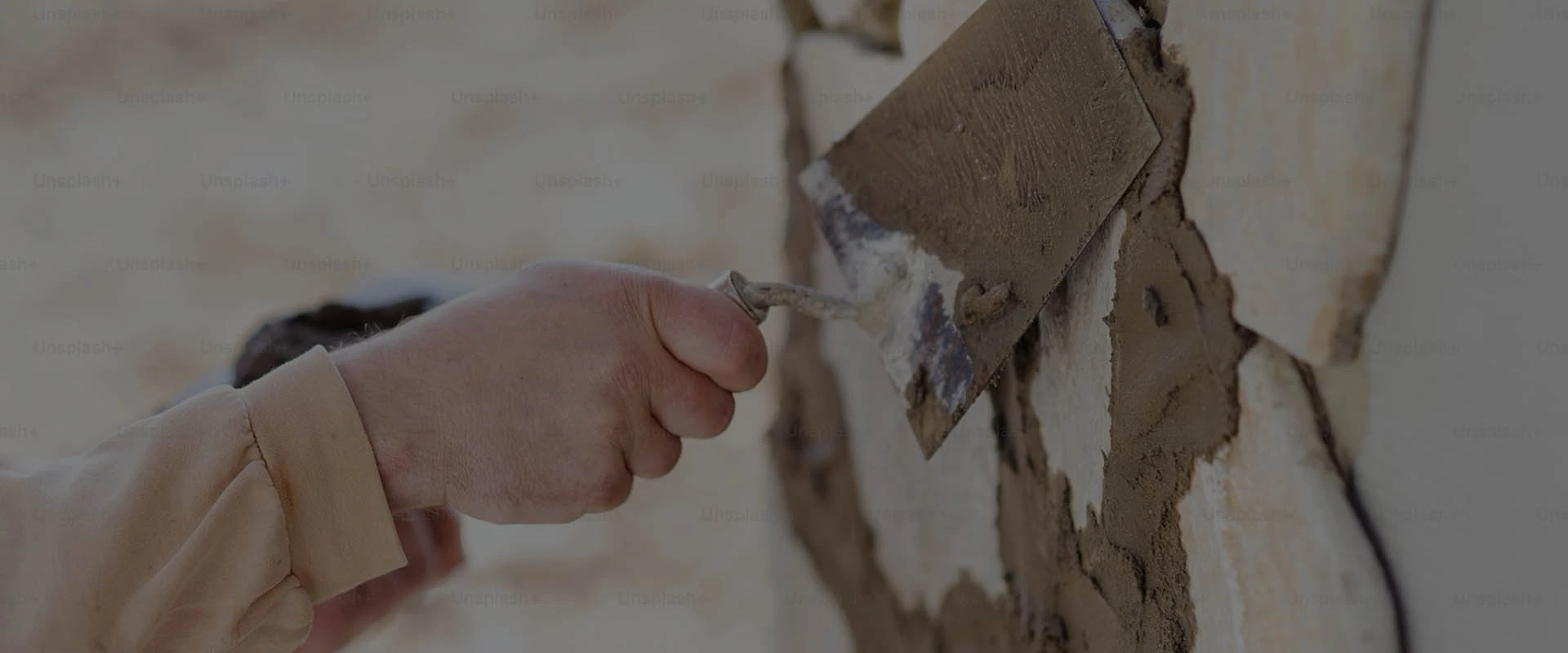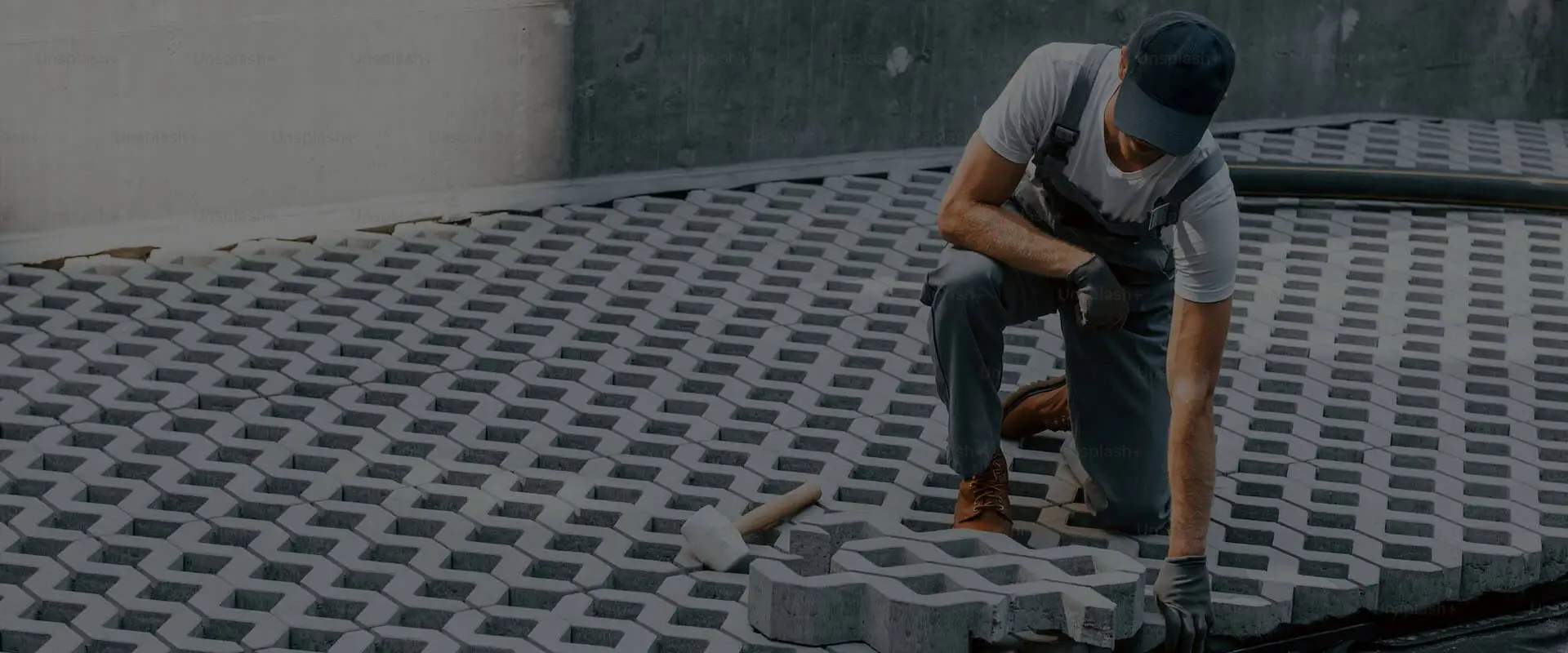In the field of stone grinding wheel, a granite grinding wheel is an important tool. It is often used interchangeably with granite grinding disc in some cases. It is usually made from a combination of abrasive minerals and metal powders, bonded together with resin or other adhesives. Granite grinding wheels are highly durable and long-lasting, providing a smooth and polished finish on granite surfaces. Our grinding wheels for granite come in various shapes and sizes suitable for different applications, including surface preparation, material removal, and finishing. Our professional technical team will escort your grinder stone wheel purchase.
Customized Granite Grinding Disc, Versatile Grinding Stone Wheel Supply

1. Granite grinding wheels with a high diamond concentration are ideal for rough grinding and shaping of hard, dense materials. The high concentration of diamond particles provides increased cutting power and higher removal rates, making them necessary for initial shaping and grinding applications.
2. Granite grinding wheels with a medium diamond concentration are suitable for finer shaping and polishing applications. These stone grinding wheels provide a balance of cutting power and precision, making them ideal for smoothing rough surfaces and preparing the material for polishing.
3. Granite grinding wheels with a low diamond concentration are used for the final stages of polishing and finishing. These diamond grinding wheels have a lower cutting power and are designed to provide a fine finish on the surface of the granite. A low concentration is necessary to avoid scratching or scarring the surface of the granite.


The longevity of granite grinding wheels depends on the quality of the grinding wheel and the nature of the work being done. Grinding wheels for granite that are made of diamond abrasive materials are typically more durable and have a longer lifespan than those made with other materials. Additionally, the rate that the granite grinding wheel wears down will depend on the hardness and composition of the specific granite being ground. Regular maintenance and proper use of the diamond grinding wheel will also help extend the lifespan and maintain optimal performance.

Granite grinding wheels are widely used in the stone processing industry for their durability and precision to achieve seamless surface finishes in construction projects.
In the field of home improvement, grinding wheels for granite are used to polish countertops and floors to ensure smooth and flat surfaces.
Granite grinding discs play a key role in the restoration of historical monuments, enabling the careful removal of damaged stone, while wall cutting blade supports fine structural adjustments.
The automotive industry uses this stone grinding wheel for precision shaping of engine parts


Granite Grinding Disc: Usually refers to a disc-shaped tool used for grinding or cutting hard materials such as granite. These granite grinding discs are thin and designed to be mounted on an angle grinder or other power tool for fast cutting or grinding operations. They can range in diameter from a few inches to larger sizes and are primarily used for cutting, trimming, or removing material.
Granite Grinding Wheel: Typically refers to a round wheel used for grinding, may be thicker than a granite grinding disc, and is designed to be mounted on a bench grinder or other type of grinding machine. Grinding wheels for granite can be used for more delicate grinding work, including surface grinding, form grinding or precision grinding. Grinding wheels for granite are available in a wider range of diameters and widths to suit different grinding needs and machines.

Symptoms of damage to grinding wheels for granite:
(1) Wear too fast: If the grinding wheels for granite wear too fast, it may be because the hardness of the grinding wheels for granite is not suitable for the current grinding operation, or the grinding pressure is too high.
(2) Uneven surfaces: Uneven surfaces on stone grinding wheels may result in poor machined surface quality. This may be due to an uneven wheel installation or uneven wear from use.
(3) Cracks: Cracks in stone grinding wheels are a serious safety hazard, which may be caused by excessive impact, temperature changes, or long-term overloading of the granite grinding wheel.
(4) Clogging: The pores of grinding wheels for granite are blocked by metal chips, dust, etc., which will lead to a decrease in grinding efficiency. This is usually due to high viscosity of the grinding material or improper use of coolant.
Handling suggestions:
(1) Select grinding wheels for granite with appropriate hardness and particle size according to the grinding material and type of operation to reduce wear and improve grinding efficiency.
(2) Balance and correction: Regularly check the balance and installation of grinding wheels for granite. Use specialized balancing instruments and correction tools for adjustments to ensure smooth operation of the grinding wheel.
(3) Once cracks are found on the grinding wheels for granite, use should be stopped immediately. Cracked grinding wheels cannot be repaired and must be replaced to avoid safety incidents.
(4) Clear the blockage: Use a special cleaning stone or lighter to clear the blockage of stone grinding wheels. Regular cleaning can maintain the grinding efficiency of stone grinding wheels and extend their service life.
(5) Proper use of coolant can reduce wear and clogging of stone grinding wheels while improving grinding efficiency and machined surface quality.
